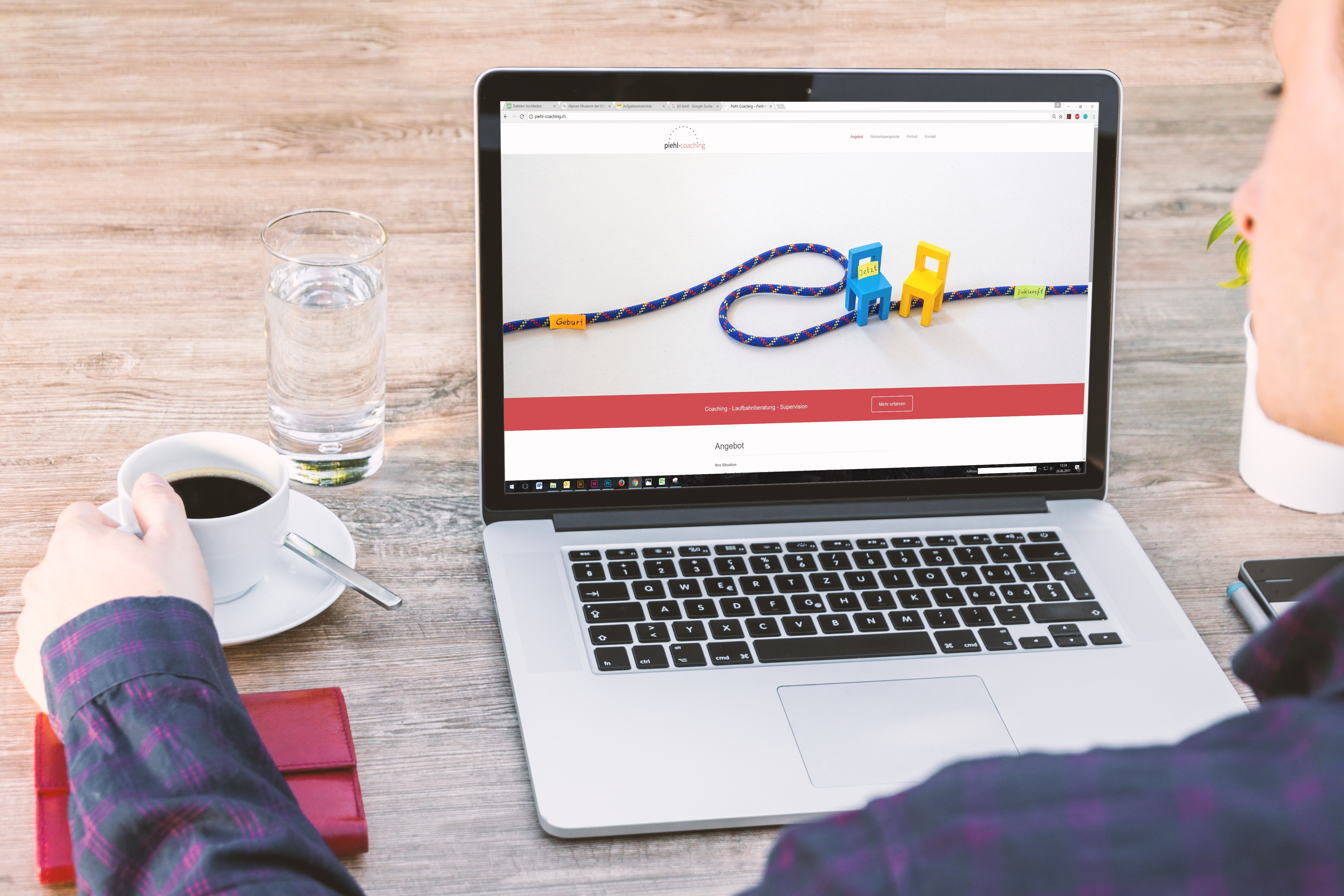The benefits of having a digital learning designer on your online learning team
Good design is an important part of any eLearning course. A well-designed course helps to guide the learner through the material, making it easier to absorb new information. Additionally, a consistent design helps to create a cohesive learning experience.
Posted 7 June 2022
Learners who are presented with a consistent design can move more easily from one concept to the next, and they are less likely to get lost in the material. As a result, working with a talented eLearning course designer can help ensure that your eLearning course is both effective and engaging.
Here are some important points to remember when considering working with a digital learning designer on your eLearning.
Design helps create focal points
By carefully manipulating the placement of core ideas and using different colours and shades, designers can help to emphasize important concepts and break up the monotony of reading. One of the key ways design does this is through the use of focal points. By creating focal points on a page or slide, we can draw attention to the most important elements of the content. This might be achieved through the use of colour, font size, or spacing.
For example, if we wanted to highlight a key term to remember, we might use a larger font size or a different colour. This helps learners to pick out the most important information, even if there is a lot of text on the page.

Establish relationships between the topics discussed
Did you realise that patterns are everywhere, even if we don't always notice them? Patterns, even simple ones, can create a sense of order and establish a relationship between ideas. They're an integral part of the design of our eLearning courses, too! We can also use design to create contrast and highlight opposing ideas. Applying contrasting colours to different blocks of text can subtly hint at disagreement or opposition, for instance, you could use a light colour for positive statements and a dark colour for negative statements. You can also do things like using light text for background text and darker text for headings. This simple design tool helps to create a sense of order and hierarchy, making it easier for learners to navigate the content. This enables learners to understand differences better.
Helps learners with navigation
Have you ever given any thought to how you navigate an eLearning module? If you're like most people, you probably follow the main storyline without giving it a second thought. However, there's more to navigation than meets the eye. Just as we use maps to navigate our way around unfamiliar territory, we also use design cues to help us find our way through digital learning experiences. As digital learning designers, one of our main goals is to create a design that will help learners move effortlessly from one point to the next. By using a combination of visual elements and strategic placement of content, we can create a design that will guide learners through the module in a way that feels natural and intuitive. So next time you're taking an eLearning module, take a moment to notice how the design is helping you find your way. You may be surprised at what you discover!

Improves readability, even for extremely technical topics
We often face the challenge of how to present complex lessons in a manner that is easy for learners to understand. Fortunately, there are several design elements that can help to improve the readability of the material. Font, layout, and white space are all important factors to consider when designing eLearning content. By using appropriate font sizes and choosing a layout that is easy to follow, we can help learners grasp the material more easily.
For example, by using plenty of white space, we can break up the text and make it more visually appealing. White space is the area on a slide or page that doesn't contain any text or visuals. It can seem like wasted space, but it's an important design element that can help your courses look clean and easy to follow. When used effectively, white space can highlight key concepts and help learners process new information more easily. By paying attention to these design elements, we can create eLearning content that is both effective and engaging.
Conclusion
Design is an integral part of the overall course creation process. While a module's substance is undoubtedly crucial for its success, keep in mind that poor presentation also has the power to render your efforts useless in the long run. Digital learning designers are responsible for the look and feel of your eLearning courses, they take the time to consider every design decision carefully from start to finish. Anything from selecting an appropriate color scheme to laying out text in a way that's easy to read, there are a multitude of design details that can make or break the user experience. With so much at stake, it's essential to partner with an eLearning company like eCom that has skilled eLearning course designers who can help you create stunning courses that achieve your objectives. By working together, we can ensure that your courses are not only successful but also visually appealing.
So, what are you waiting for? Get in touch today and see how our digital learning designer can help you to create more engaging and effective eLearning modules.
Recent Posts
Benefits of Online Assessment for Awarding OrganizationsDriving your performance and compliance
Enhancing compliance through performance management and digital learning solutions
10 Reasons Why You Need A Digital Learning Solution in Your Workplace
Mastering remote & hybrid learning with analytics


